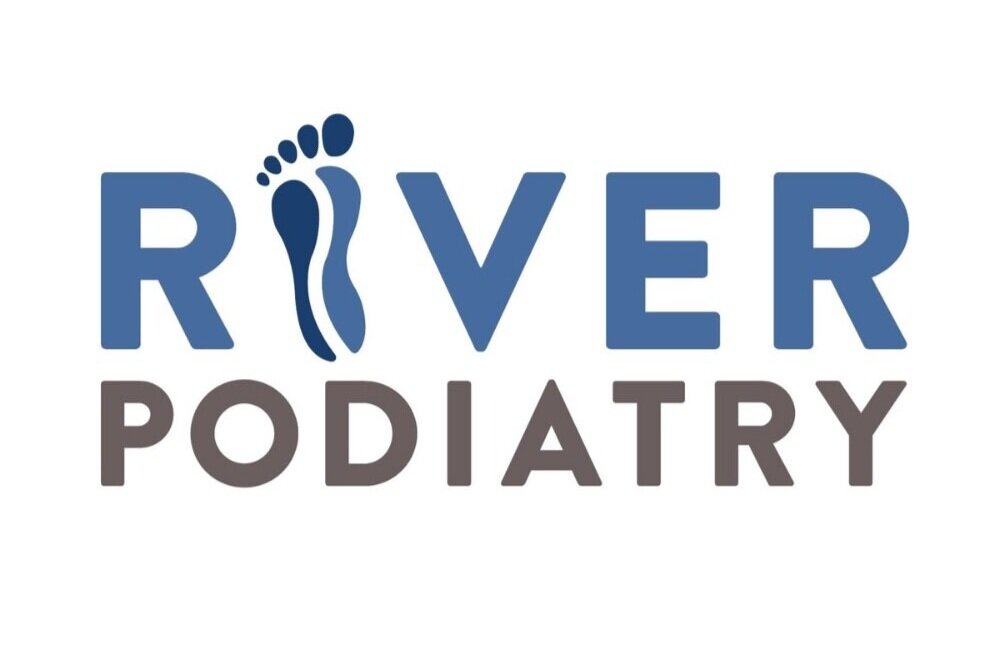Should you be concerned about your flat fleet?
Did you know that 30% of the population live with flat feet? Flat feet are a collapsed arch with much of your sole in contact with the ground. This is relative to a regular arch, which is when about half of your arch is in contact with the ground.
Although flat feet are a common issue, they’re relatively painless. Flat feet usually develop during childhood but can also occur as you age. Often, a flat foot starts with a dysfunction of the ankle tendon known as posterior tibial tendon. This tendon holds up your arch. An injury to your ankle can also cause flat feet as damage to the tendons won’t be able to support your arch.
How can I tell if I have Flat Feet?
The easiest way to determine your foot type is with a “Wet Test”.
The “wet test” is an easy to determine your foot type, requiring a piece of paper and wetting the bottom of your foot. You would perform a wet test by doing the following:
Pour a thin layer of water into a shallow pan
Wet the sole of your foot
Step onto a blank piece of paper (or onto a wooded surface like your deck)
Step off and look down
Based on the shape of your foot on the paper, you can determine your foot type. If your arch is partially filled, you most likely have a normal arch whereas an arch that is fully filled likely means you have flat feet or fallen arches. Lastly, if your arch is barely visible, you likely have a high arch.
Are Flat Feet a Problem?
Flat feet are generally not a foot issue you should worry about in the long-term.
Although some issues may develop due to flat feet, your body should adjust to having flat feet allowing you to never experience pain at all.
One form of fallen arches is known as flexible flat feet. In these cases, you will never develop symptoms.
How can you live Pain-Free with Fallen Arches?
If you are pain-free with fallen arches, no treatment is necessary. However, it doesn’t mean that you won’t be prone to pain in the future as your body may compensate for fallen arches. Here are some solutions we would recommend if you start experiencing pain:
Orthotics: custom orthotics from NW Podiatry specifically designed for your feet are built to correct faulty foot mechanics and redistribute pressures across the bottom of the foot.
Lifestyle changes: exercising or taking a proactive approach to managing your weight can help reduce pressure on your feet.
Stretching: exercises that focus on stretching and lengthening the range of motion of your Achilles tendon can help.
In short, flat feet can definitely impact your life in some areas but in most cases, this foot issue should not be viewed as a long-term problem as the deficiencies can be mitigated by taking certain precautions, exercising and using orthotics. Click here to set up an appointment with our team at River Podiatry.


